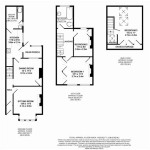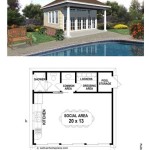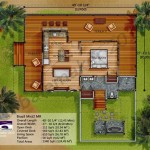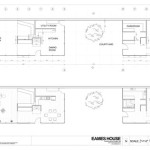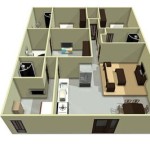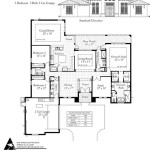# Planning a Household Budget: A Step-by-Step Guide
---
### Introduction
### Creating a household budget is an essential step towards taking control of your finances and achieving your financial goals. A well-structured budget helps you track your income, expenses, and savings, allowing you to make informed decisions about how to allocate your money. In this comprehensive guide, we will walk you through the process of planning a household budget in a friendly and engaging manner. We will cover everything you need to know, from understanding your income and expenses to setting financial goals and sticking to your budget. --- ###Step 1: Understand Your Income
--- ### The first step in creating a budget is to get a clear picture of your total income. This includes all sources of money coming into your household, such as salaries, wages, bonuses, and any other forms of income. It is important to include all sources of income, even if they are irregular or relatively small. Once you have a comprehensive list of all your income sources, add them up to get your total monthly income. --- ###Step 2: Track Your Expenses
--- ### The next step is to track your expenses. This involves keeping a detailed record of everything you spend money on, no matter how small the amount. You can use various methods to track your expenses, such as:Step 3: Categorize Your Expenses
--- ### Once you have tracked your expenses for a month or two, you can categorize them into different groups. Common expense categories include:Step 4: Set Financial Goals
--- ### Now that you have a clear picture of your income and expenses, you can start setting financial goals. Financial goals can be anything from saving for a down payment on a house to paying off debt or building an emergency fund. When setting financial goals, it is essential to make them SMART:Step 5: Create a Budget
--- ### Once you have set your financial goals, you can create a budget. A budget is simply a plan for how you will allocate your money each month. To create a budget, follow these steps:Step 6: Stick to Your Budget
--- ### The most challenging part of budgeting is sticking to it. Here are some tips to help you stay on track:Conclusion
--- ### Creating a household budget is an essential step towards achieving financial stability and success. By following the steps outlined in this guide, you can create a budget that works for you and helps you reach your financial goals. Remember, budgeting is a journey, not a destination. It takes time and effort to create and stick to a budget, but the rewards are worth it. So embrace the process, stay committed, and enjoy the peace of mind that comes with knowing where your money is going and how you are working towards your financial goals.
Household Budget Planner Spreadsheet For Excel

Household Budget Worksheet For Excel

Family Budget Planner For Excel

Family Budget Planner Template Pas Teacher Made

13 Household Budget Templates Free Sample Example Format

Household Budget Worksheet For Excel Spreadsheet Monthly

Pin On Excel Templates

Free Family Budget Spreadsheet For Microsoft Excel A Great Tool Planning And Track Planner Budgeting Worksheets

Printable Budget Templates A4 A5 Letter Size

Household Or Family Budget Planner Tool Oak Business Consultant

